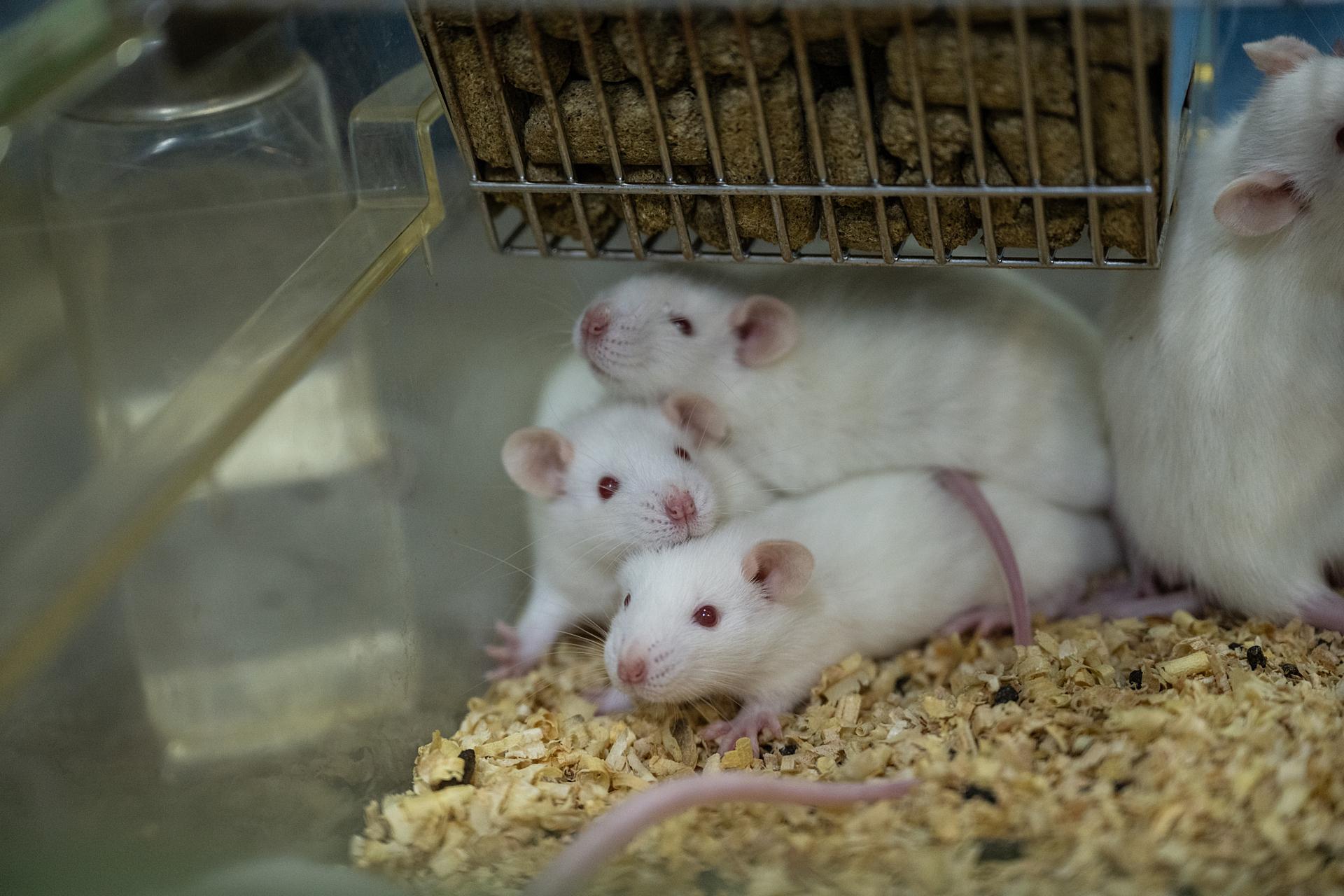In UK laboratories, mice and rats are cut open, their intestines deliberately punctured to allow faecal matter to leak into the abdomen and then stitched back up. What follows is prolonged suffering: the animals typically endure severe pain, fever, chills, diarrhoea, laboured breathing, organ failure, and eventually death. These cruel sepsis studies are failing to provide desperately needed treatments for patients. Take action now and urge the government to stop authorising the use of animals in fruitless sepsis experiments!

Credit: Jo-Anne McArthur / Te Protejo / We Animals
What Is Sepsis?
Sepsis is the body’s extreme overreaction to infection, when the immune system turns on the body's organs and tissues instead of fighting off invaders. Triggered most often by bacterial infections, but also by viruses such as the flu, sepsis causes widespread inflammation and organ failure. In the UK alone, it kills an estimated 48,000 people each year – more than breast, bowel, and prostate cancer combined.
What Treatments Are Available for Sepsis?
Despite decades of sepsis experiments involving animals and hundreds of clinical trials, treating sepsis is fraught with difficulties. There are no simple, definitive tools to diagnose it or fast-acting, targeted therapies. Yet, early diagnosis and treatment of sepsis are critical: it is the difference between life and death.
Research has shown that the use of animals in sepsis experiments is a major contributing factor to the lack of progress in drug development for sepsis treatment.
What Happens to Animals in Sepsis Experiments?
Mice and rats are cut open, their intestines deliberately punctured to allow faecal matter to leak into the abdomen and then stitched back up. What follows is prolonged suffering: the animals typically endure severe pain, fever, chills, diarrhoea, laboured breathing, and organ failure. At the end of the experiment, they may either die because of their symptoms or be euthanised at the point of death. In other experiments, injecting animals with bacteria or toxins induces the same range of symptoms.

Credit: Jo-Anne McArthur / Te Protejo / We Animals
Sepsis in Mice and Rats is Different to Human Sepsis
Sepsis in humans is distinct from sepsis in other animals. Numerous physiological differences exist between mice and humans, including different genetic and metabolic responses to acute inflammatory stress and immune susceptibility.
Unsurprisingly, hundreds of drugs have been found to successfully treat sepsis in animals but fail to treat sepsis in humans.
Dr Francis Collins, former director of the US National Institutes of Health (NIH), has acknowledged the time and resources wasted on sepsis experiments on mice. He called the catastrophe a “heartbreaking loss of decades of research and billions of dollars.”
The NIH recently launched a new initiative to move away from experiments on animals and “prioritise human-based research technologies”, which includes closing a laboratory that was using animals in sepsis studies. The US Food and Drug Administration (FDA) has also published a roadmap to reduce animal testing in preclinical studies, acknowledging that the use of animals fails to provide adequate disease models, particularly in disease areas encompassing sepsis. As a result, the FDA is focusing on human-based research.
There Are More Reliable Methods
Sepsis affects individuals differently due to variations in genetics and immune response; the use of advanced, humane research methods, such as organoids, organs-on-chips, and AI modelling, is already helping scientists to develop personalised, targeted treatments. The Government must immediately end the use of animals in sepsis experiments to accelerate the development of therapies for sepsis patients.